Within 1 week
Suggestion: X-ray
Initial goals of treatment are to reduce swelling and pain, while restoring passive motion. Subsequently, the treatment goals shift to active motion, strengthening the shoulder and increased functionality of the affected arm.
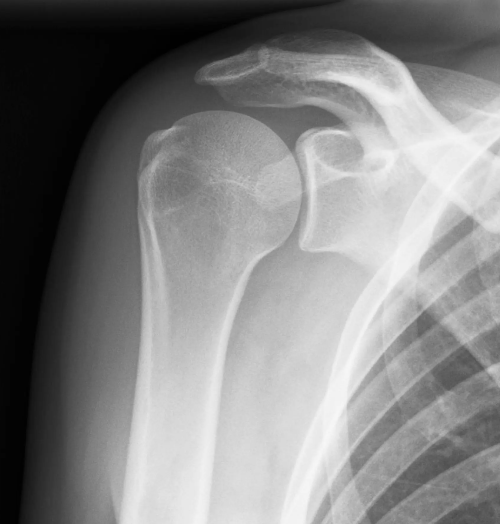
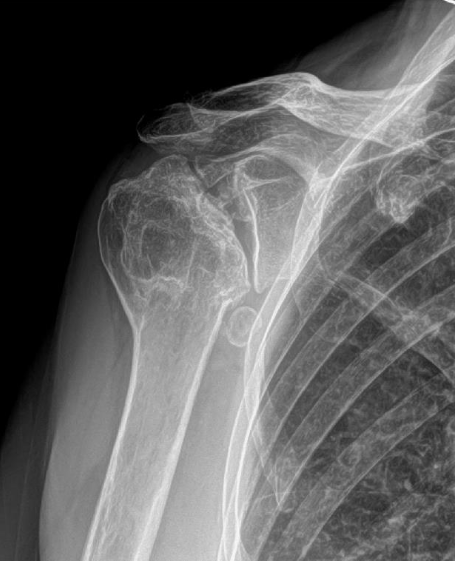
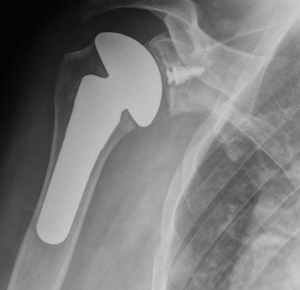
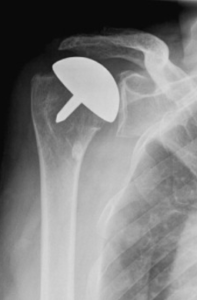
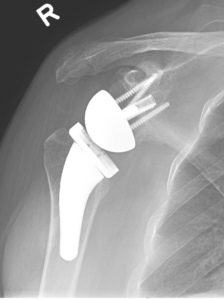
Shoulder replacement surgery is the third most common joint replacement after the hip and knee. In 2020, over 7,800 shoulder replacements were performed in Australia. It can be performed with anatomic (total shoulder replacement) or reverse implants (reverse shoulder replacement).
The most common reason for shoulder replacement surgery is pain that has not responded to conservative management. Conditions that may lead to shoulder joint damage and pain includes:
If treated well, recovery from shoulder replacement surgery takes from 3-6 months for the shoulder to heal. It takes up to a year for the operated shoulder to regain full range of motion and strength.
Potential complications of shoulder replacement surgery:
Shoulder replacement is a major surgery that require advance planning and tailored post surgical rehabilitation to ensure successful surgery and recovery
A tailored, well planned rehabilitation program is critical for the success of the shoulder replacement in the hospital and recovering at home. Your rehabilitation will help you regain mobility and strength in the operated arm to safely get back to your normal activities.